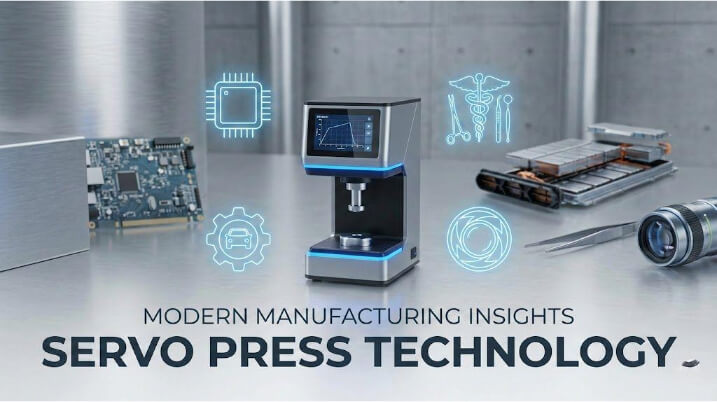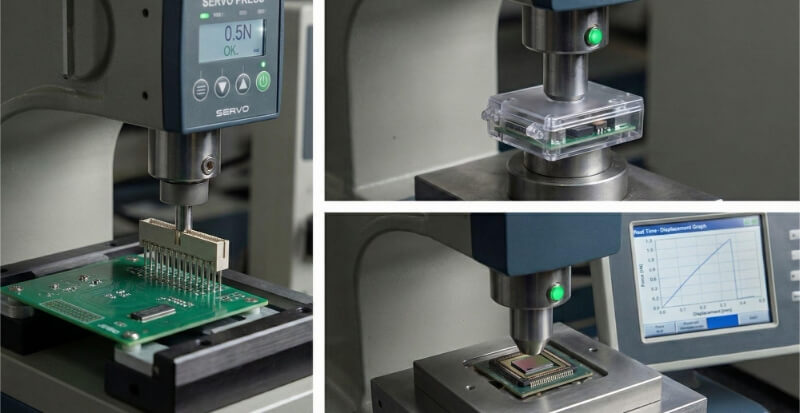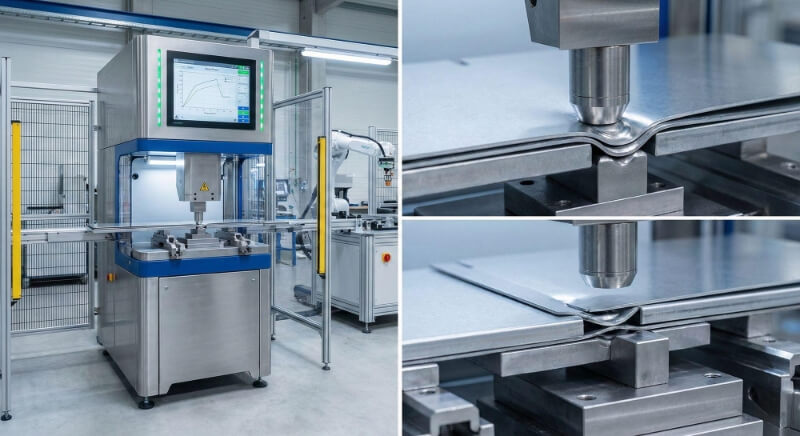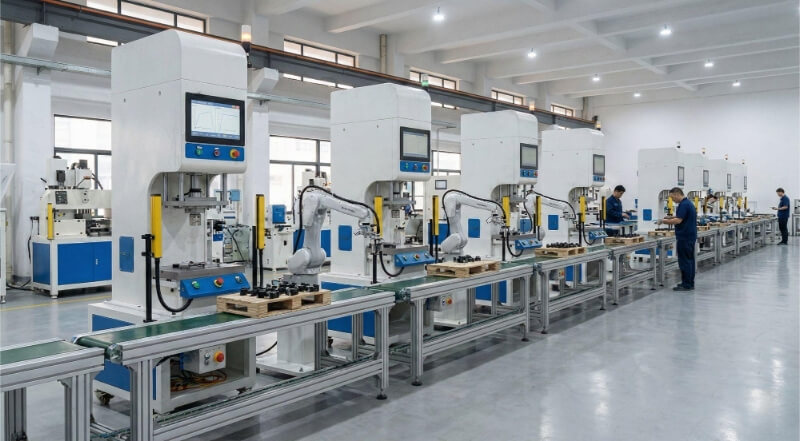Many engineers and buyers struggle to select the right aluminum for their projects. They often face confusion over different types, grades, and their actual benefits. Choosing the wrong one can lead to performance issues or extra costs. This post will make it clear. You will see how each type of aluminum works in real applications. You will also learn the strengths of each grade so you can pick what fits your needs best.
Aluminum is a top choice for many industries. It is light, strong, and easy to shape. Let’s look at the main types, their uses, and what makes each grade stand out.

What is Aluminum?
Aluminum is a silver-colored metal. It is soft, lightweight, and has good corrosion resistance. Pure aluminum is rarely used for parts. It’s too weak for most load-bearing tasks. But it’s excellent for electrical wiring and chemical equipment because it resists corrosion and conducts electricity well.
To improve aluminum’s strength and other traits, small amounts of other metals are added. This changes how the material performs. It can make aluminum stronger, harder, or better at handling heat.
- Copper (Cu): Increases strength and hardness. Makes the alloy less corrosion-resistant.
- Magnesium (Mg): Improves strength and corrosion resistance. Suitable for marine parts.
- Silicon (Si): Reduces the melting point. Helps improve wear resistance. Often used in casting.
- Zinc (Zn): Increases strength but reduces corrosion resistance. Often used in aerospace.
- Manganese (Mn): Helps resist corrosion and wear. Often used in structural parts.
Different combinations give different results. That’s why aluminum comes in many grades with unique properties.
Primary Types of Aluminum and Their Classifications
Aluminum alloys fall into two main categories. These groups are based on how the metal is formed—either by mechanical working or casting. Each type has its own set of strengths and best use cases.
Wrought Aluminum Alloys
Wrought alloys are shaped by rolling, extrusion, or forging. These alloys are used when strong and precise parts are needed. They are divided into heat-treatable and non-heat-treatable groups.
- Heat-treatable alloys (like 2xxx, 6xxx, 7xxx series) gain strength through heat processes.
- Non-heat-treatable alloys (like 1xxx, 3xxx, 5xxx series) get strength by cold working.
Typical uses include structural parts, tubes, frames, and panels. They offer better strength and surface finish than cast alloys.
Cast Aluminum Alloys
Cast alloys are made by melting aluminum and pouring it into molds. These are used for parts with complex shapes. Cast aluminum is often more cost-effective for high-volume production.
Their leading alloying element groups them:
- Silicon-based (e.g., A356): Good for general casting. Offers strength and corrosion resistance.
- Copper-based: Higher strength but less corrosion resistance.
- Magnesium-based: Used for tough, corrosion-resistant parts.
Typical uses include engine blocks, housings, and fittings. They are not as strong as wrought alloys but are easier and cheaper to produce in complex shapes.
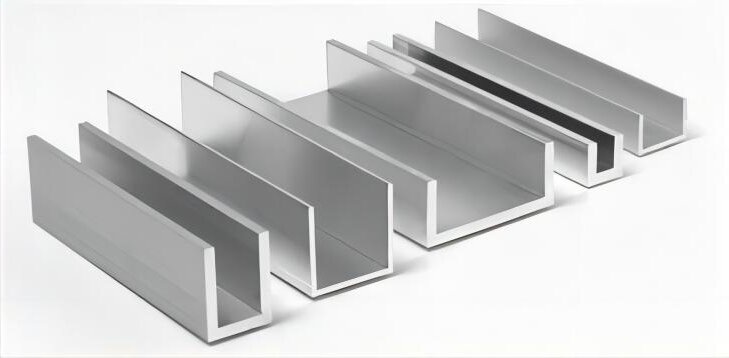
Understanding Aluminum Series by Grade
A four-digit number system groups aluminum alloys. The first digit shows the primary alloying element. Each series has unique traits. Some are strong. Others resist corrosion. Let’s look at the primary series and what they offer.
1xxx Series: Pure Aluminum
This series is at least 99% pure aluminum. It has excellent corrosion resistance and electrical conductivity. But it has low strength. It’s used in electrical conductors, food processing equipment, and chemical tanks. It’s easy to form and weld, but not suited for high-stress applications.
2xxx Series: Copper Alloys
This group has copper as the main element. These alloys are powerful and are often used in aerospace and automotive parts. However, they have poor corrosion resistance. They usually need a coating or surface treatment. Not easy to weld, but it offers high performance under stress.
3xxx Series: Manganese Alloys
The 3xxx series adds manganese to improve strength and corrosion resistance. These alloys are non-heat-treatable. They are easy to form and weld. Typical applications include cookware, roofing, siding, and storage tanks. They balance good formability with decent strength.
4xxx Series: Silicon Alloys
Silicon lowers the melting point of aluminum. Alloys in this group are often used in welding wire and automotive engine parts. They have good wear resistance and moderate strength. Some grades are used in heat exchangers. They also offer a darker color for anodizing.
5xxx Series: Magnesium Alloys
These alloys use magnesium as the main addition. They offer high strength and excellent corrosion resistance, especially in marine environments. They are not heat-treatable but respond well to cold working. Typical uses include shipbuilding, pressure vessels, and vehicle panels. They are easy to weld and have good fatigue resistance.
6xxx Series: Magnesium and Silicon Alloys
This series combines magnesium and silicon. It offers a good mix of strength, corrosion resistance, and workability. These alloys are heat-treatable and easy to machine and weld. They are used in structural parts, bridges, pipelines, and vehicle frames. One popular grade is 6061, known for its all-around performance.
7xxx Series: Zinc Alloys
Zinc is the main element here. These alloys are powerful and often used in aerospace, sporting equipment, and high-stress parts. Some grades also include magnesium or copper. They are heat-treatable but not easy to weld. Corrosion resistance varies, so coatings are often added.
8xxx Series: Other Elements
This series includes alloys with unique elements like lithium or iron. They serve special applications such as food packaging (aluminum foil), power cables, or aerospace parts. These alloys aren’t standard for general use but fill essential roles in specific industries.
| Aluminum Series | Main Alloying Element | Key Properties | Common Applications |
|---|---|---|---|
| 1xxx | None (Pure Aluminum) | Excellent corrosion resistance, very soft | Electrical conductors, food packaging, foil |
| 2xxx | Copper | Very strong, low corrosion resistance | Aircraft structures, aerospace parts |
| 3xxx | Manganese | Good corrosion resistance, easy to form | Roofing, cookware, storage tanks |
| 4xxx | Silicon | Wear resistance, thermal stability | Automotive parts, welding wire |
| 5xxx | Magnesium | High strength, marine-grade corrosion resistance | Shipbuilding, tankers, truck bodies |
| 6xxx | Magnesium + Silicon | Medium strength, good weldability | Structural frames, enclosures, machine parts |
| 7xxx | Zinc | Highest strength, less formable | Aerospace frames, performance bike parts |
| 8xxx | Other elements (e.g. iron, lithium) | Special properties (lightweight, strong, flexible) | Foil, battery foil, packaging, cables |
Temper Designations and What They Mean
Temper designations show how an aluminum alloy was processed after forming. These treatments affect strength, flexibility, and hardness. Knowing the temper helps you choose the right grade for your application.
Annealed (O Temper)
O temper means the material is fully annealed. It has been heated to a specific temperature and then slowly cooled. This process removes internal stress, softens the metal, and improves ductility.
- Tensile Strength: Around 10–20 ksi (70–140 MPa), depending on the alloy
- Yield Strength: Often less than 5 ksi (35 MPa)
- Elongation: Can exceed 30%, making it ideal for deep drawing and complex bending
Best used for: Parts that need to undergo heavy forming without cracking, such as chemical tanks, cookware, and lighting reflectors.
Strain-Hardened (H Temper)
H temper applies to non-heat-treatable alloys (like 1xxx, 3xxx, and 5xxx series). The alloy is strengthened through cold working, like rolling or stretching. This increases strength but reduces ductility. The second and third digits after “H” indicate the strain-hardening level and any partial annealing.
For example:
- H14: Strain-hardened to half-hard
- H18: Strain-hardened to full-hard
Typical strength for 3003-H14:
- Tensile Strength: ~22 ksi (150 MPa)
- Yield Strength: ~21 ksi (145 MPa)
- Elongation: ~5–10%
Best used for: Roofing, siding, rain gutters, storage tanks—applications that need moderate strength and good corrosion resistance.
Heat-Treated (T Temper)
T temper is for heat-treatable alloys (like 2xxx, 6xxx, and 7xxx series). The metal is heated to a high temperature, held for a set time, then quenched and aged. This process dramatically increases strength.
Common temperaments include:
- T4: Solution heat-treated and naturally aged
- T6: Solution heat-treated and artificially aged for maximum strength
Example: 6061-T6
- Tensile Strength: ~45 ksi (310 MPa)
- Yield Strength: ~40 ksi (275 MPa)
- Elongation: ~10–17%, depending on thickness
Example: 7075-T6 (aerospace grade)
- Tensile Strength: ~83 ksi (570 MPa)
- Yield Strength: ~73 ksi (503 MPa)
- Elongation: ~11%
Best used for: Aerospace structures, automotive parts, bike frames, and applications requiring a high strength-to-weight ratio.
Benefits of Using Aluminum
Aluminum is chosen in many industries because it offers practical advantages. These benefits help improve performance, reduce costs, and support long-term use.
Lightweight Yet Strong
Aluminum weighs much less than steel. This helps reduce the total weight of parts without giving up strength. It supports high loads in products like aircraft frames, car panels, and machine enclosures. You can make parts thinner without losing stability.
Corrosion Resistance
Aluminum builds a natural oxide layer when exposed to air. This layer protects it from rust and surface damage. This makes it useful in outdoor products, marine parts, and wet environments. Unlike steel, it doesn’t need painting or coating to resist rust in many cases.
Recyclability and Sustainability
Aluminum can be recycled over and over. It doesn’t lose its strength or quality when reused. Recycling aluminum takes much less energy than making new aluminum. This lowers the carbon footprint and cuts costs in production.
Thermal and Electrical Conductivity
Aluminum transfers heat and electricity well. That’s why it’s used in heat sinks, radiators, and power cables. It spreads heat fast. This helps protect devices from overheating. It also handles electric flow at a lower weight than copper in many power systems.
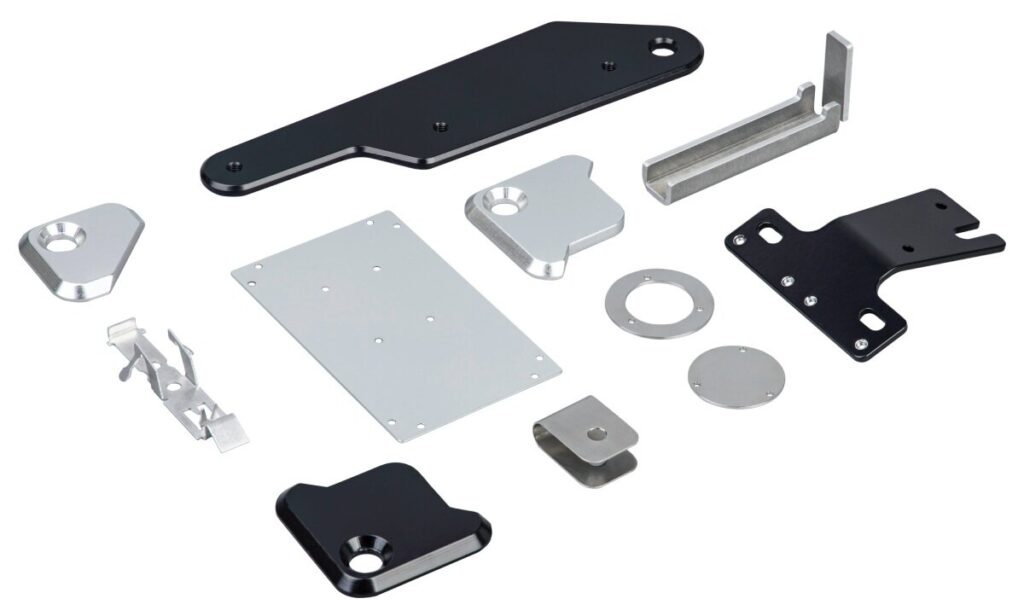
Applications of Different Aluminum Types
Each type of aluminum fits specific needs. Its light weight, strength, and resistance to rust make it useful in many fields.
Aerospace and Aviation
Aircraft need strong but light materials. Aluminum alloys like the 2xxx and 7xxx series are used in wings, fuselage panels, and landing gear parts. These alloys handle high stress and stay strong over time. They also help reduce weight, which lowers fuel use.
Automotive Manufacturing
In cars, aluminum helps reduce weight while keeping safety and strength. 5xxx and 6xxx series are familiar in body panels, frames, and engine parts. They resist rust and denting. This makes cars lighter and more fuel-efficient without losing durability.
Construction and Architecture
Aluminum is used in window frames, curtain walls, roofing, and structural panels. The 6xxx series is often chosen for its strength and good finish. It holds up well in outdoor conditions. It also supports clean designs in modern buildings.
Packaging and Consumer Goods
The 1xxx and 3xxx series are familiar in food and beverage packaging, like cans and foil. They are soft, easy to shape, and safe for food contact. Aluminum is also used in tools, furniture, and home appliances. It gives a clean look and lasts long without much care.
Electrical and Electronics
Aluminum is used in wires, connectors, and heat sinks. It conducts electricity well and weighs less than copper. The 1xxx series is used for bus bars and overhead power lines. The 6xxx series is used in heat sinks and casings.
Choosing the Right Aluminum: What Matters?
Picking aluminum isn’t about finding the “best” material – it’s about finding the right one for your specific needs. Let’s look at what impacts your decision in real-world projects.
Strength and Performance
If your part needs to handle heavy loads, you’ll want to look at the 6xxx series for structural applications or the 7xxx series for maximum strength. When precision machining is required, 6061 offers excellent workability with clean cuts. For parts that need bending or forming, softer alloys like 1100 aluminum won’t crack under pressure.
Environmental Conditions
The environment plays a huge role. Marine applications demand the corrosion resistance of 5xxx series alloys. High-temperature environments might push you toward the 2xxx series, though you’ll need protective coatings. And if welding is involved, you’ll want to avoid problematic alloys like 2xxx and 7xxx series – 5xxx and 6xxx weld much more reliably.
Budget and Practical Concerns
Cost always factors in. 3003 aluminum offers savings over 5052, though with some strength trade-offs. Availability matters too – while 6061 is readily available at most suppliers, alloys like 7075 often require special ordering. And don’t forget material utilization – designing around standard stock sizes can significantly reduce waste and cost.
Conclusion
Aluminum comes in many types, each with different strengths, uses, and costs. Some are better for strength, others for bending, or corrosion resistance. Knowing the difference between alloy series, shapes, and finishes helps you choose the right material for the job.
Need help selecting the right aluminum for your next project? Reach out to our team for expert advice and fast, reliable fabrication support.
Hey, I'm Kevin Lee

For the past 10 years, I’ve been immersed in various forms of sheet metal fabrication, sharing cool insights here from my experiences across diverse workshops.
Get in touch

Kevin Lee
I have over ten years of professional experience in sheet metal fabrication, specializing in laser cutting, bending, welding, and surface treatment techniques. As the Technical Director at Shengen, I am committed to solving complex manufacturing challenges and driving innovation and quality in each project.

